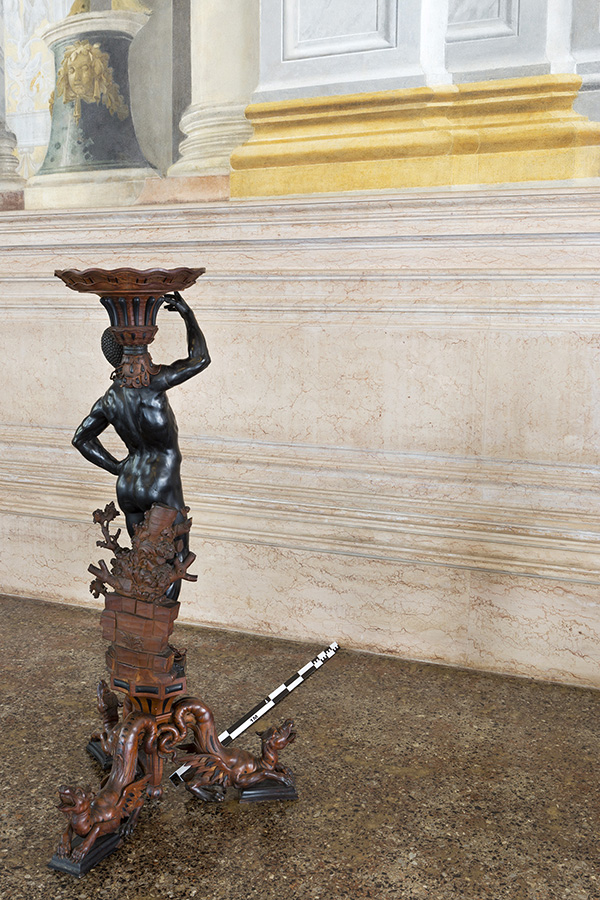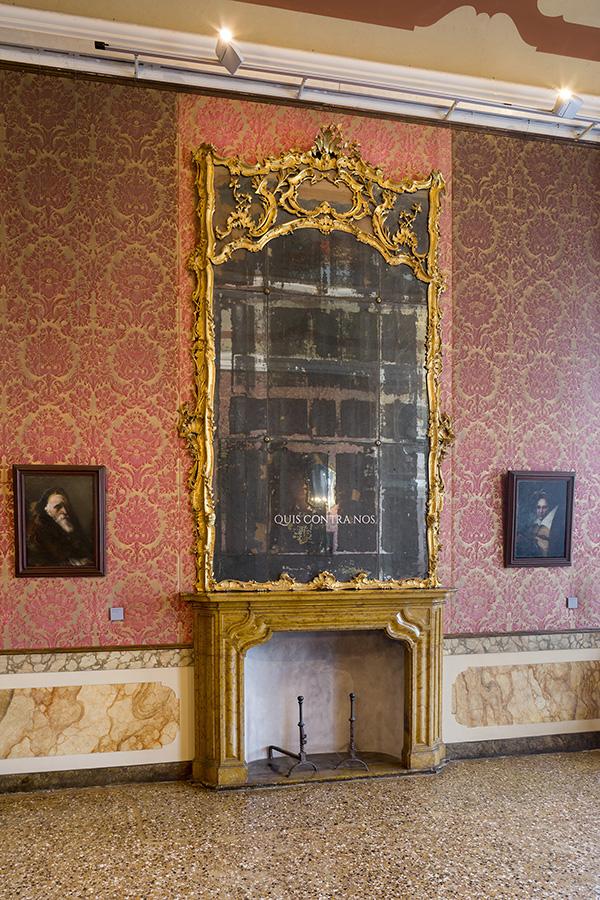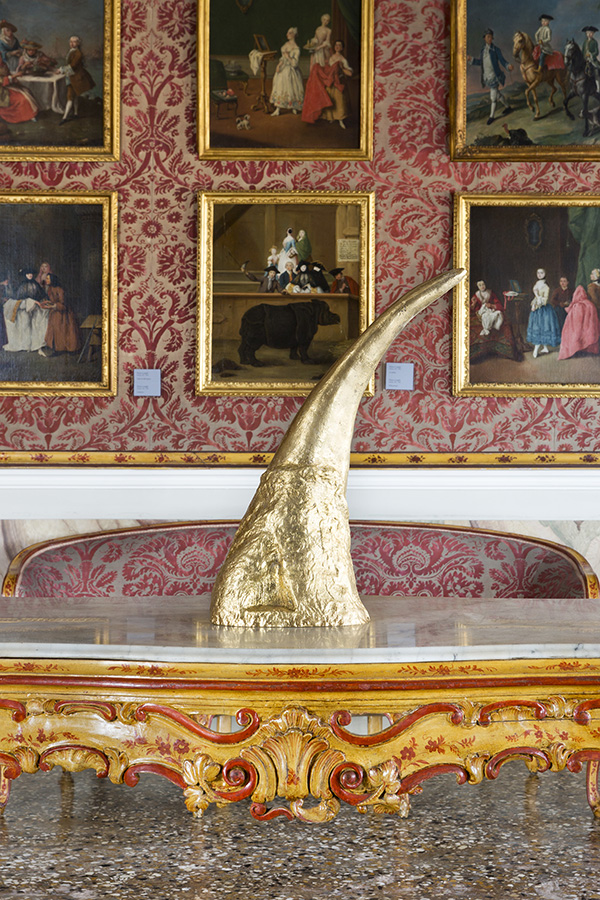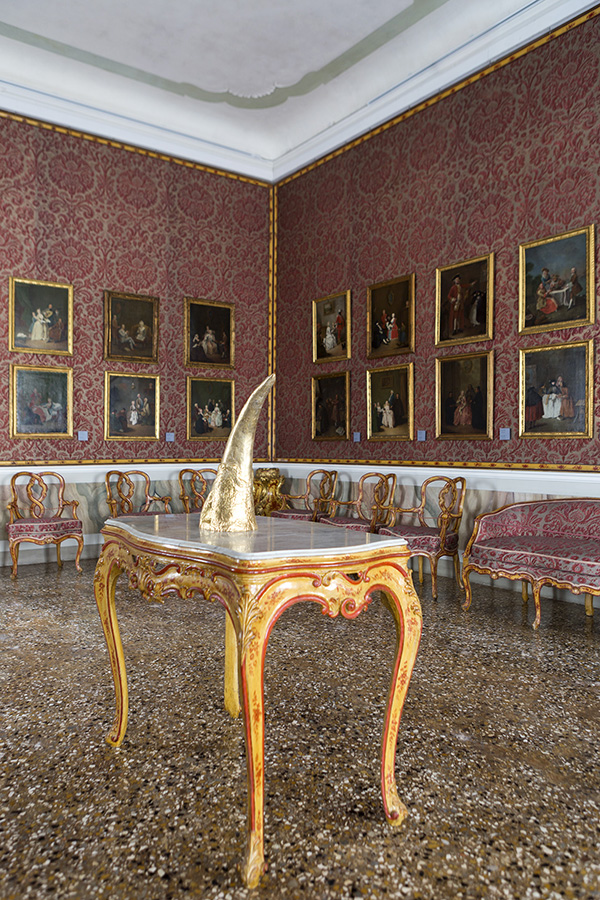ART CITES:VENICE-Marzia Migliora
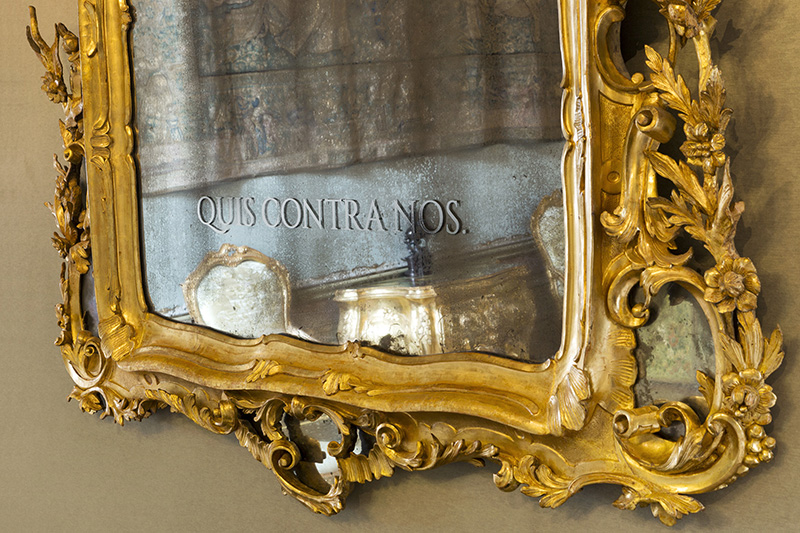 In her artistic research, Marzia Migliora uses a wide range of media including photography, video, sound, performance, installation and drawing. Her works stem from careful observation of the individual and his everyday life: the artist draws on minor occurrences, current events and personal memories to investigate themes such as identity, contradiction, desire and responsibility, touching on present and past history and establishing a connection between places and narratives.
In her artistic research, Marzia Migliora uses a wide range of media including photography, video, sound, performance, installation and drawing. Her works stem from careful observation of the individual and his everyday life: the artist draws on minor occurrences, current events and personal memories to investigate themes such as identity, contradiction, desire and responsibility, touching on present and past history and establishing a connection between places and narratives.
By Dimitris Lempesis
Photo: Fondazione Merz Archive
Marzia Migliora in the context of 57th Venice Biennale presents a site specific Installation entitled “Velme” at the Museo del Settecento Veneziano in the historic Palazzo Ca’ Rezzonico. The project is a collaboration between Fondazione Merz and MUVE-Fondazione Musei Civici di Venezia. Marzia Migliora aims to bring out the contradictions and repeated exploitation of natural and human resources, and labor, typical of the history of mankind through the clues emerging from the history of Venice and from the works conserved in Ca’ Rezzonico, establishing a dialogue and contrasting them with the works she has created. The artist accomplishes this here by extrapolating elements from the collection, showing them in a new light, and shifting the point of view of the visitor. The title of the exhibition comes from “velma”, a Venetian term for a shoal, indicating a shallow area in the lagoon that emerges during low tides. The velma in the relationship between water and land, the symbol of something underwater that never stops emerging, thus becomes “An urgency of the present” and a bridge that connects us with the past. The project comprises 5 installations located in different rooms of the Palazzo. In the portego de mezo (a typical feature of Venetian palaces that links the water gate to the door on the street) hosts “La fabbrica illuminata”, 5 goldsmith workbenches illuminated by a row of neon lights and in which, on each upper shelf, a block of rock salt has been placed. The elements that make up the installation such as salt, which was so vital in the trading history of Venice, also known as “white gold” and the goldsmith workbenches refer to the exploitation of natural resources and labour needed to transform these into commercial goods and profit. Pietro Longhi’s “Il Rinoceronte” becomes a quotation and revelation for “Taci, anzi parla”. The lady with the white robe depicted in the background of Longhi’s painting wears a mask that at the time was exclusively for female use, called a Moréta. Women could fix the mask to the face just by clutching a gag bite between their teeth, which, in turn, made them silent submissive figures. Here, the artist extrapolates the mask from the painting and places it at the centre of the boudoir, so that it is revealed to the public in all its entirety, including the back. The Installation “quis contra nos” is based on the crest of the Rezzonico family, present in different rooms of the building, and which in golden letters comprises the words Si Deus pro nobis. Over the course of history, these words have been used on many occasions and manipulated to justify criminal acts, wars and mass murders by great dictators and men of power. The phrase is taken from St. Paul (Romans, 8, 31) and in its original form reads: “si Deus pro nobis, quis contra nos”. The omitted part of the motto is revealed by the action of Marzia Migliora, appearing on the mirrors in the palace collection. The sculptural corpus of Ethiopian vase-holders by Andrea Brustolon and the fresco by Giovanni Domenico Tiepolo entitled “Mondo Novo” provide the basis for the eponymous installation by Marzia Migliora. The artist moved the statues of the Ethiopians forward and rotates them by 180 ° from their current position in the collection, marking this small displacement with a metric rod used for documentary photography of archaeological finds. The Ethiopians metaphorically take a step forward, marking a change in the direction of the “Mondo Novo”. The installation entitled “Remains”, consists of a cast of a rhinoceros horn contained in a casket, relates to Longhi’s painting “The Rhinoceros”. The scene depicted in the painting in which an animal becomes helpless prey, with the cut horn held up by the man like a trophy, rhinos are increasingly threatened by poaching and illegal hunting for their horns, which today are worth more than their weight in gold on the black market.
Info: Curator: Beatrice Merz, Ca’ Rezzonico, Dorsoduro 3136, Venice, Duration: 13/5-2/11/17, Days & Hours: Mon & Wed-Sun 10:00-18:00, http://carezzonico.visitmuve.it
